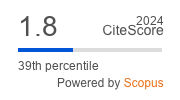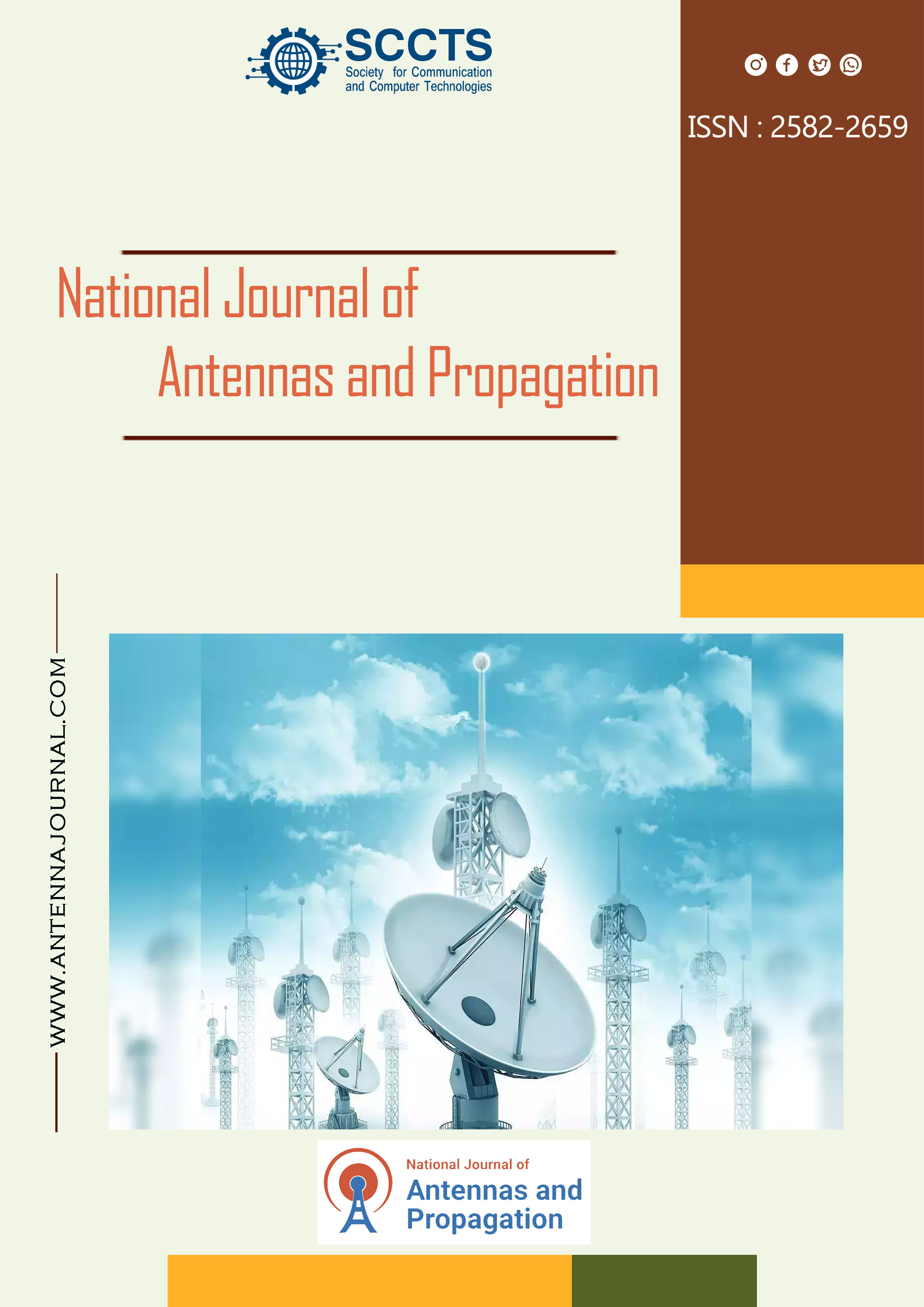Integrating Advanced Antenna Technologies into Educational Environments for Enhanced Data Transfer and Communication
DOI:
https://doi.org/10.31838/NJAP/07.01.11Keywords:
Antenna, Education,, Transmission,, CommunicationAbstract
Antennas have garnered significant attention in the past few decades owing to their appealing characteristics and potential for facilitating lightweight, adaptable, cost-effective, and portable wireless communication. These antennas must conform to applications in various regions, necessitating components and low-profile architecture. Eventually, these antennas must function with little degradation when near human beings for educational environments. These criteria complicate the layout of antennas, particularly for size rigidity, structural distortion impacts, student connection, and fabrication difficulty and precision. Although there are minor differences in severity based on applications, most of these challenges arise within the framework of educational implementations. The article elucidates several obstacles and issues associated with constructing antennas, including choosing materials and fabrication procedures. Significant advancements in reducing back radiation, generating Circular Polarization (CP), employing dual polarization technologies, and enhancing resilience against environmental factors are introduced to improve data transmission and communication. This is succeeded by examining novel features and their corresponding methodologies aimed at mitigating these challenges, which have been suggested recently by academics engaged in this domain.











